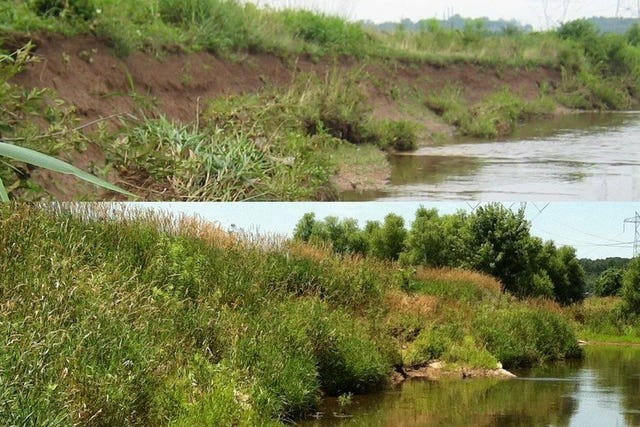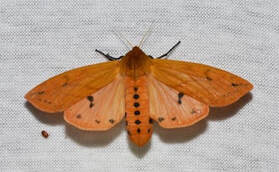CONSERVATION CORNER
A weekly blog for all things conservation
 By: Megan Rought, Ag Resource Specialist On October 20th the Bradford County Conservation District hosted their first Women in Ag Event at the Troy Sale barn in Troy, PA. In attendance were 32 women from several counties. During this event attendees learned about no-till gardening, agroforestry, and pruning.
0 Comments
 By: Sarah K. Xenophon, Kristen Koch, and Jennifer R Fetter; Penn State Extension One of the many visual indicators you might use to assess the health of a stream is the amount of stream bank vegetation and other cover. You might find yourself walking along a stream or river, either on your property or when visiting a park or your local woods, and wish you had an easy way to understand the health of that stream. One indicator of stream health is the condition of the stream bank cover. When we talk about stream bank cover, or simply bank cover, we are talking about how much of the soil immediately adjacent to the water is covered by growing vegetation, stable debris, or bedrock material. This helps determine the health of a stream because it can tell us a lot about the relative stability of that stream. A stable stream maintains the same shape and flow pattern over time. A healthy, stable stream typically has more bank cover than an unhealthy stream. Bank cover helps reduce erosion by reducing the amount of soil exposed to passing water as it rushes into and down the stream. The stability of a stream is vital for any organisms that live in and around the stream and for protecting your property and nearby infrastructure (driveways, sewer lines, bridges, and more).  By Ryan Reed: A reprint from Forest Fridays- A DCNR publication. My first memories of woolly bears come from childhood, when a friend and I began capturing as many furry caterpillars as we could find one fall. Some of them were tan, some white; others were completely black, or brown and black. We caught a lot of flak from my friend’s dad when we released them all into his sunporch. I didn’t know it at the time, but the black and brown ones were woolly bears (Pyrrharctia isabella), which I gradually came to view as symbols of fall and harbingers of winter. I’m fairly certain it was my grandmother who first told me that the blacker the woolly bear, the harder the winter will be. She and my grandfather seemed to always have a wives tale for any occasion, one that typically started with, “they say…” . |
AuthorsVarious staff at the Bradford County Conservation District Archives
July 2024
Categories
All
|
|
Bradford County Conservation District
Stoll Natural Resource Center 200 Lake Road, Suite E | Towanda PA 18848 Phone: (570)-485-3144 |
